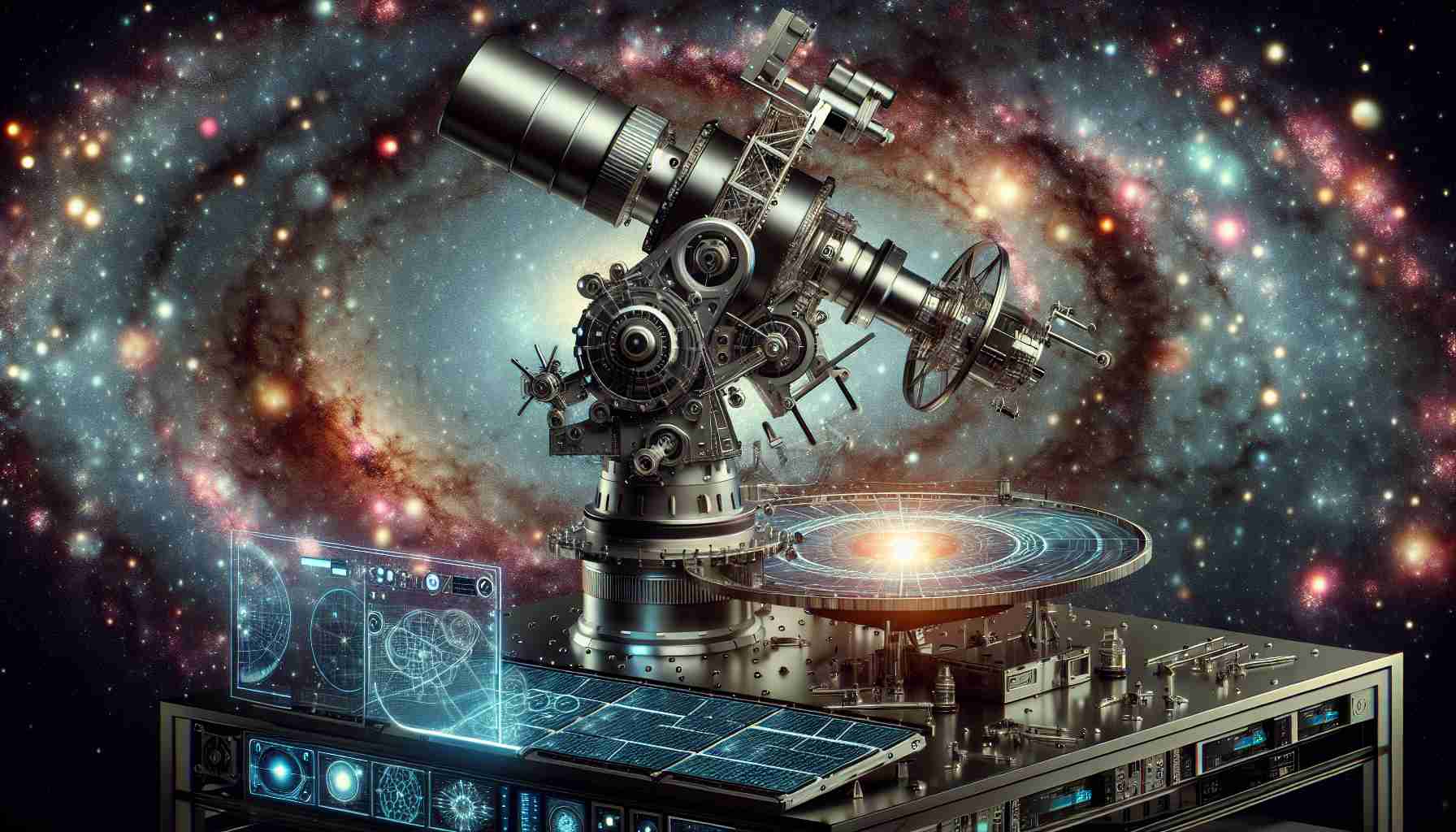- The universe’s expansion since the Big Bang is a central focus of new technological advancements.
- The James Webb Space Telescope (JWST) uses infrared capabilities to study early galaxies and supernovae, providing insights into cosmic evolution.
- Understanding dark energy is a major goal, as it’s thought to accelerate the universe’s expansion.
- The Dark Energy Spectroscopic Instrument (DESI) aids in mapping galaxy distribution to study gravitational impacts on cosmic expansion.
- These projects aim to refine our understanding of the universe’s size, age, and ultimate fate.
- Continued data collection may answer fundamental questions about the universe’s origins and future.
The universe has been expanding since the Big Bang, and recent advancements in technology are set to provide unprecedented insights into this cosmic phenomenon. At the forefront of this exploration is the revolutionary James Webb Space Telescope (JWST), which promises to unravel mysteries about how the universe evolved over billions of years.
Unlike its predecessor, the Hubble Space Telescope, the JWST boasts infrared capabilities that allow it to peer deeper into the cosmos. This cutting-edge device enables scientists to observe the earliest galaxies and supernovae, shedding light on the forces driving cosmic expansion. By analyzing these early cosmic entities, researchers hope to gain a better understanding of dark energy—the mysterious force believed to be accelerating the universe’s growth.
Moreover, ground-based projects like the Dark Energy Spectroscopic Instrument (DESI) are enhancing our comprehension of cosmic expansion by mapping the three-dimensional distribution of galaxies. This data can elucidate how gravitational influences have impacted universal expansion patterns over time.
While these ambitions seem massive, they can truly reshape our grasp of the universe’s size, age, and ultimate fate. As these tools continue to collect data, they may provide answers to longstanding questions about the origins and future trajectory of the cosmos. With each discovery, the frontier of space exploration expands, bringing us closer to unlocking the universe’s deepest secrets.
Unlocking the Secrets of the Expanding Universe: Discoveries and Innovations
What are the key advancements that make the James Webb Space Telescope (JWST) revolutionary in the study of cosmic expansion?
The James Webb Space Telescope (JWST) represents a significant leap forward in observational astronomy, offering several advanced capabilities that set it apart:
– Infrared Observation: Unlike its predecessor, the Hubble Space Telescope, which primarily observes visible and ultraviolet light, JWST uses infrared technology. This allows it to pierce through cosmic dust and gas, viewing ancient galaxies and supernovae that were previously hidden from view.
– Resolution and Sensitivity: JWST’s advanced sensors provide unparalleled resolution and sensitivity, enabling scientists to observe celestial bodies with remarkable detail. This is crucial for studying the faint light emitted from the universe’s earliest structures.
– Unprecedented Reach: Positioned at the second Lagrange point (L2), JWST benefits from a stable observational platform that offers continuous coverage of distant celestial events and objects without the interference of Earth’s atmosphere.
These advancements position JWST as a critical tool in understanding both the origins of the universe and the mysterious forces, such as dark energy, that influence its expansion. NASA
How does the Dark Energy Spectroscopic Instrument (DESI) contribute to our understanding of cosmic expansion?
The Dark Energy Spectroscopic Instrument (DESI) is another forefront of innovation in cosmology. It augments our understanding of cosmic expansion by:
– 3D Mapping of Galaxies: DESI excels at mapping the three-dimensional distribution of galaxies, providing data on over tens of millions of galaxies. This information is fundamental for understanding the large-scale structure of the universe and the role of dark energy.
– Spectroscopic Precision: By measuring the redshifts of these galaxies with great precision, DESI allows researchers to determine their distances from Earth, offering insight into the rate of cosmic expansion over time.
– Statistical Analysis: The wealth of data produced by DESI enables robust statistical analysis, helping to refine models of universal expansion and offering clues about the nature and effects of gravitational pulls on the universe’s evolution.
DESI’s comprehensive datasets are unparalleled, enhancing our comprehension of how universal forces have historically influenced cosmic expansion patterns. Lawrence Berkeley National Laboratory
What potential insights could these tools provide into the universe’s future?
The combined capabilities of JWST, DESI, and similar explorative tools hold the potential to answer some of the universe’s most enigmatic questions:
– Understanding Dark Energy: By providing a clearer picture of the universe’s expansion, these tools might offer insights into the mysterious force known as dark energy, which is theorized to be responsible for accelerating this expansion.
– Cosmic Evolution: Observations of early galaxies and galactic clusters may reveal how these structures formed and evolved, offering hints about the future development of the universe.
– Potential for New Physics: The data derived from these instruments could challenge existing models and physics, possibly leading to new theories that redefine our understanding of universal laws and constants.
These insights not only help us comprehend the universe’s origin and evolution but also speculate on its ultimate fate, expanding the frontier of space exploration. European Space Agency (ESA) – Hubble Space Telescope
By embracing these technological advancements, researchers are closing in on the universe’s deepest mysteries, shaping the future of cosmological science.


















